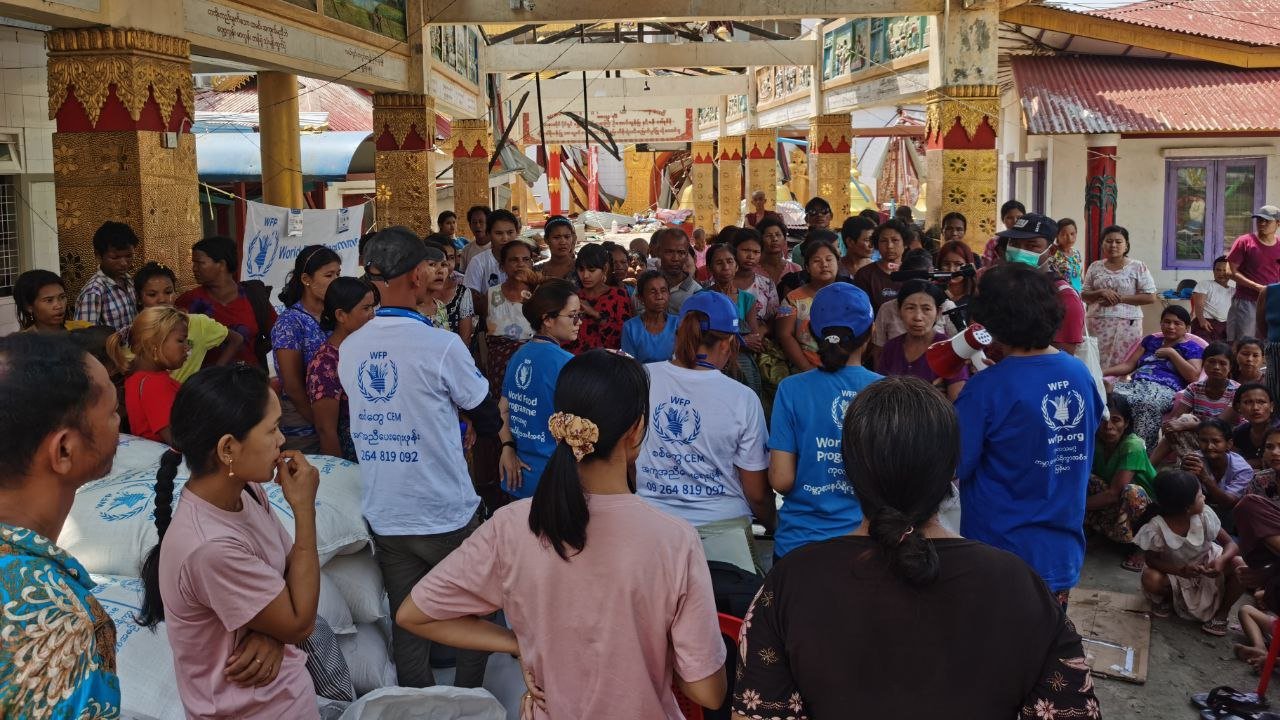Afghanistan, Myanmar, and Pakistan are among the hunger hotspots across the world, according to a UN report released on May 29. Titled “Hunger Hotspots: FAO and WFP early warnings on acute food insecurity,” the report has been jointly published by the Food and Agriculture Organization (FAO) and the World Food Program (WFP). It marks 18 hunger hotspots across the globe where acute food insecurity is expected to increase in the period from June to November 2023.The 18 hunger hotspots include two regional clusters and comprise 22 countries. In these hotspots, parts of the population already facing acute food insecurity will experience “significant deterioration.”
The report points to factors like a slowing global economy, organized violence and conflicts, and climatic extremes across these 22 countries—many of them located in the Global South—that are likely to worsen the global food crisis. Among them, Haiti, Burkina Faso, Mali, and Sudan have been elevated to the “highest concern level.”
In the Asia-Pacific, Afghanistan continues to remain at the highest concern level. The report extends a warning to Pakistan and Myanmar which have been marked as areas of “very high concern.” Economic, political, and social crises in these countries threaten to aggravate the problem of acute food insecurity and malnutrition.
The report notes that falling humanitarian funding under international sanctions, a major source of foreign reserves for funds-deprived Afghanistan, coupled with drought-like conditions is likely to put 15.3 million people at the risk of high acute insecurity in the country.
Economic and political crises in Afghanistan’s neighbor and main trading partner Pakistan will also worsen food security problems across the two nations.
The report has highlighted Pakistan’s spiraling financial crisis and the previous year’s catastrophic floods as contributing factors, as the present government in Islamabad faces fast depleting foreign reserves and an external debt worth US$ 77.5 billion to be paid till June 2026.
In addition to a fragile economy and climate catastrophes like the recent Cyclone Mocha, conflict and repression under Myanmar’s military junta has further increased the risk of food security in the country in the past six months. The at-risk population increased by 2 million in 2022 compared to 2021.
The report adds that “ Food insecurity and malnutrition within and beyond the analyzed regions is likely to deteriorate in the outlook period, as economic and political crises are reducing households’ purchasing power and ability to afford food and essential goods.”





